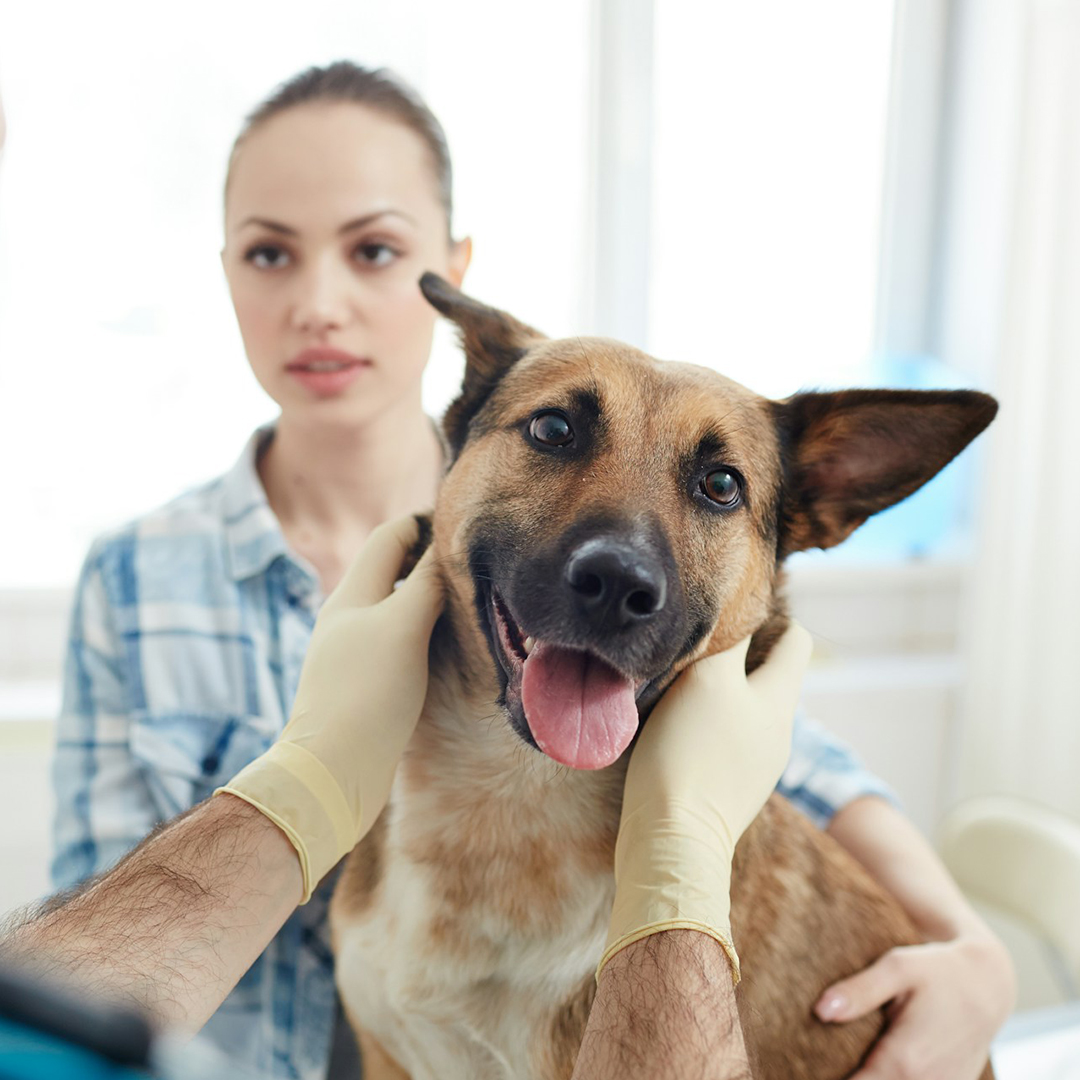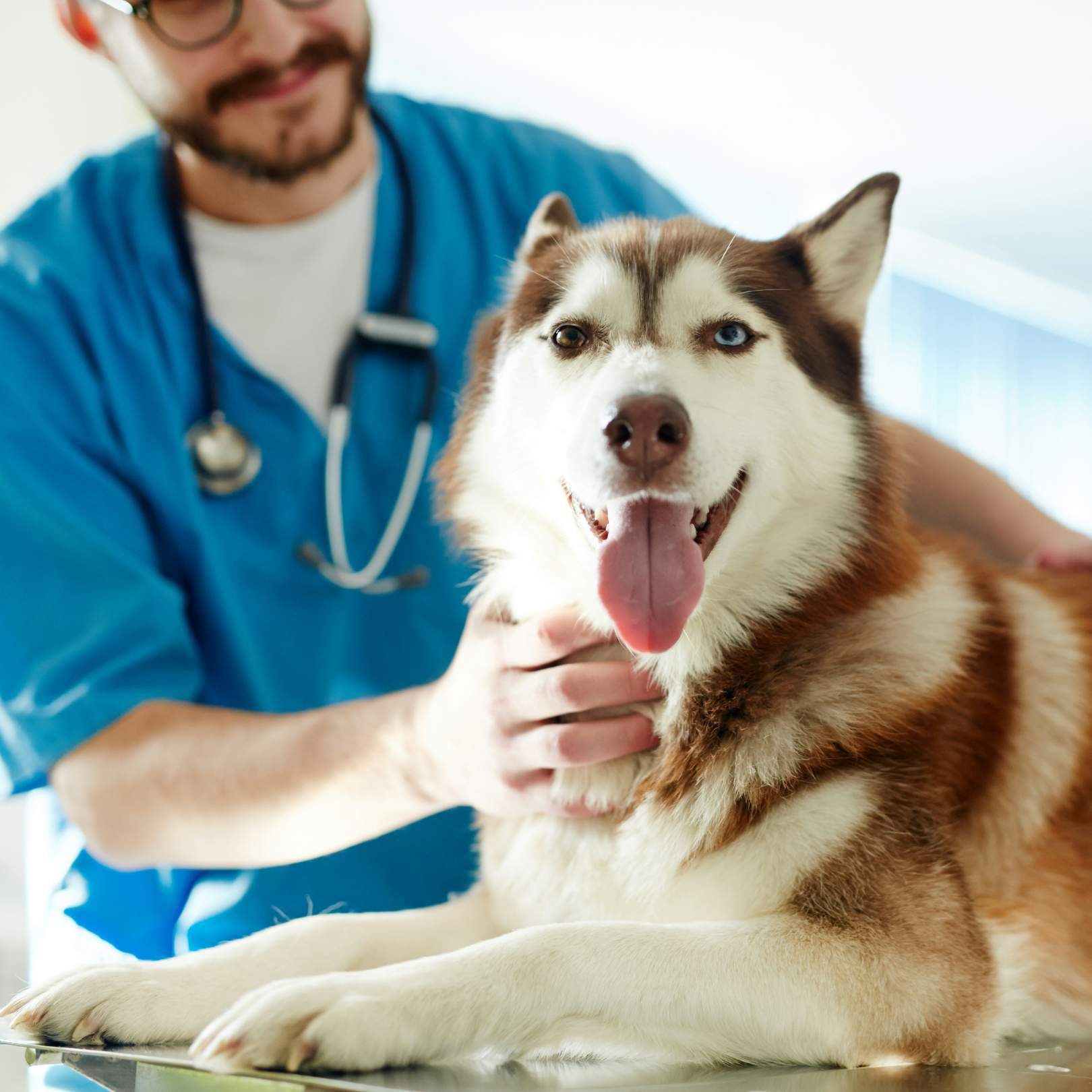
Pet Laser Therapyin Raleigh, NC
At Mitchell Mill Animal Hospital, we are proud to offer advanced laser therapy and laser surgery for pets in Raleigh, Wake Forest, and Rolesville, NC. Our MLS Harmony Therapy helps treat pain, inflammation, and tissue damage safely and effectively.
Advanced Veterinary Laser Surgery & Therapy for Safe, Effective Care
Laser therapy is a non-invasive, drug-free treatment used to manage pain, reduce inflammation, and speed healing. At Mitchell Mill Animal Hospital, we offer MLS Harmony Therapy, an advanced system that combines continuous and pulsed laser emissions to deliver more effective results than traditional cold laser therapy alone.
This innovative technology allows us to provide fast, reliable relief for pets recovering from surgery, experiencing chronic pain, or healing from injuries. It’s just one of the ways our team brings cutting-edge, compassionate care to every patient we serve.
How MLS Harmony Therapy Works
MLS Therapy was developed to overcome the limitations of conventional laser treatments by combining the benefits of both continuous and pulsed laser emissions. This dual action allows us to treat both pain and inflammation simultaneously and more effectively.
Benefits of MLS Therapy:
- Reduces pain by interfering with nerve signal transmission
- Improves blood and lymphatic circulation to decrease inflammation and swelling
- Speeds up tissue repair and cellular regeneration
- Treats both acute and chronic conditions with minimal to no side effects
We use MLS therapy to treat a range of conditions, including arthritis, soft tissue injuries, surgical incisions, and superficial wounds.


Laser Surgery for Pets
In addition to therapeutic treatments, we also offer pet laser surgery to improve surgical outcomes. Surgical lasers are used in place of scalpels for many soft tissue procedures, offering greater precision and faster recovery for your pet.
Benefits of Laser Surgery:
- Less pain and swelling during recovery
- Reduced bleeding during surgery
- Minimal trauma to surrounding tissues
- Lower risk of infection
Our veterinary team uses laser surgery for select procedures to enhance comfort and healing. We’ll work with you to determine if this option is right for your pet’s condition.
Common Uses for Veterinary Laser Therapy
Pet laser therapy is useful as a standalone treatment or in combination with other therapies. It’s commonly used for:
- Arthritis and joint pain
- Post-surgical recovery
- Skin conditions and wound healing
- Chronic inflammation or swelling
- Musculoskeletal injuries
Whether your pet is recovering from surgery or managing chronic discomfort, laser therapy offers a gentle, effective solution to promote healing and comfort.

Safe, Non-Invasive, and Proven Effective
Veterinary laser therapy has been safely used in animal care for over 25 years and is backed by strong clinical research and outcomes. At Mitchell Mill Animal Hospital, we’re proud to offer our patients access to this low-risk, high-benefit treatment option. Whether you’re looking to enhance your pet’s recovery after surgery or manage chronic pain and inflammation, our team is here to help.
